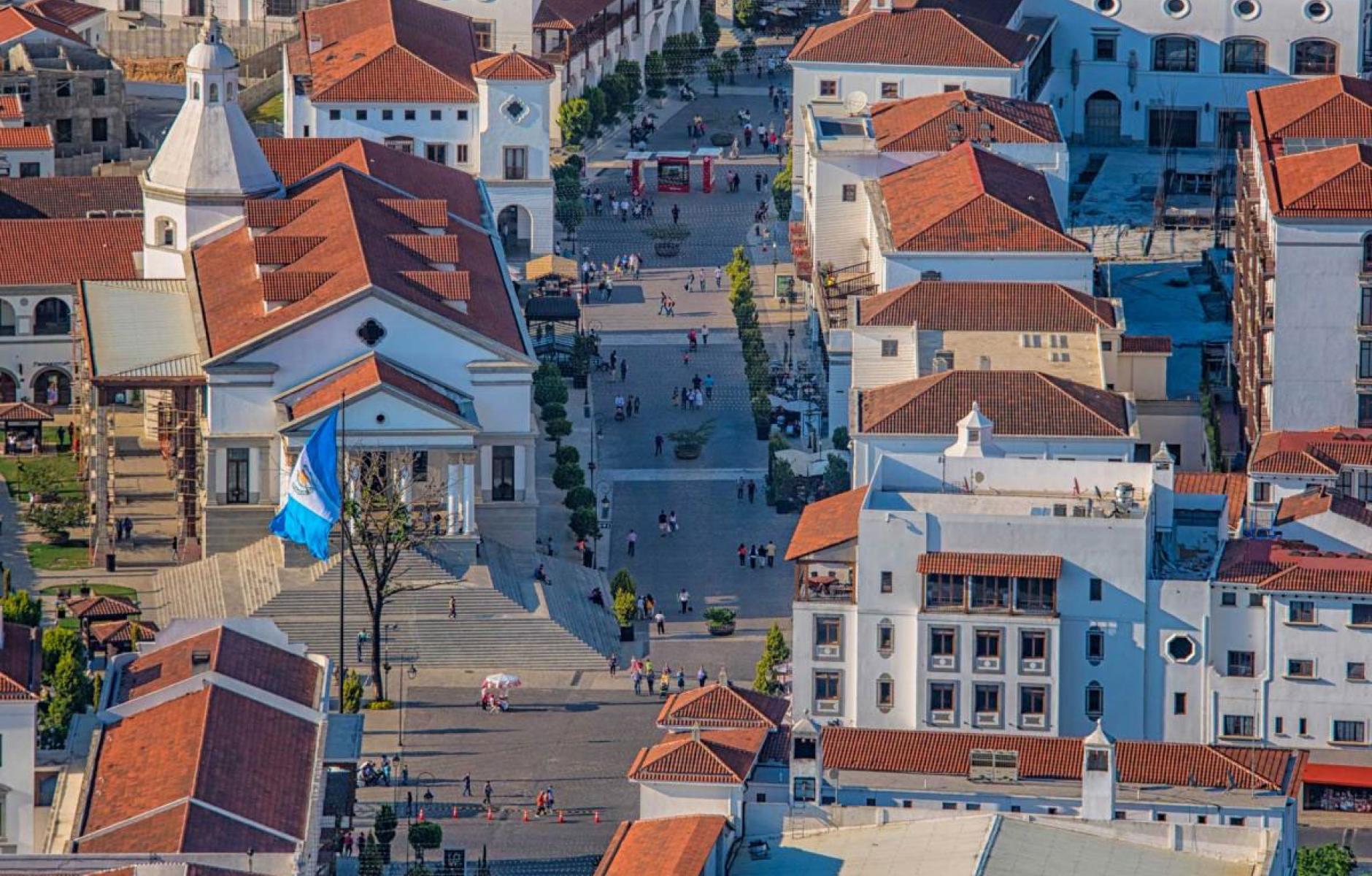
Popular video posted on Cayalá
An excellent video on Cayalá, a new town in Guatemala City, is racking up the views on YouTube. The community, built in the last dozen years, won a Charter Award from CNU in 2021. The video, which describes Cayalá’s history and philosophy, was viewed 38,000 times since it was posted on Thursday, with more than 400 overwhelmingly positive comments.
The video is easily watchable and the story is compelling—the interview with Notre Dame trained architects from Estudio Urbano, who worked with Leon Krier to design the community, is well done. It helps that Cayalá is visually stunning and looks like it was built a couple of centuries ago—rather than mostly in the last decade.
The Aesthetic City, which created the video, addresses some of the criticisms of Cayalá—that it is gated (only true for some of the residential parts, not for the primary paseo or most of Cayalá), and that it is only for the rich (property in Cayalá is expensive, but people of all classes come to enjoy the public spaces). Cayalá “could change the way we think about how to build cities,” notes the narrator.
Cayalá’s small urban blocks, walkable streets and boulevards, and public plazas promote social interaction among residents and visitors. This is especially true on the weekends, when many city residents come to Cayalá for a stroll.
New buildings comprise a mix of three-to-six-story, mixed-use apartments, commercial structures, parking pavilions, entertainment complexes, market sheds, and larger civic and sacred edifices that are imbued with regional architectural DNA. Stone-paved boulevards, streets, and squares give way to the quieter, more residential neighborhoods.
According to the video, a series of fortunate circumstances resulted in the building of Cayalá. The architects knew somebody who was connected to the property owners, and convinced them to consider an alternative to the usual gated commercial development (Guatemala City has serious problems with crime.) They reached out to the internationally known Krier, who immediately agreed to be part of a design charrette. Still, building the town required a leap of faith. If not for the intervention, the project would have been nothing special.
Watch the video:
Editor's note: This article addresses CNU’s Strategic Plan goal of working to change codes and regulations blocking walkable urbanism.



